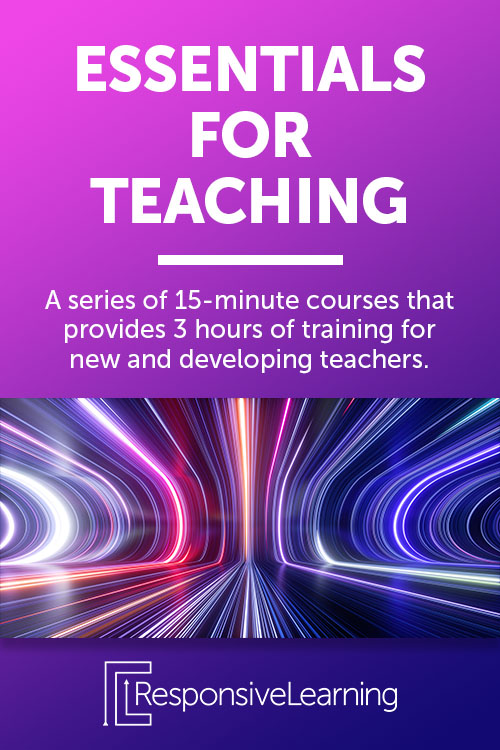In our recent podcast episode, “Lead by Listening,” we had the pleasure of hosting Tina Beene, an expert in the education field, known for her expertise in guiding staff to effectively serve and teach multilingual learners. Her insights, rich with experience and empathy, offer a fresh perspective on the complexities and rewards of teaching in a multicultural setting.
Tina Beene’s approach to education is deeply rooted in understanding and empathy. She emphasizes the importance of embracing diversity within the classroom and recognizing the unique challenges and perspectives each student brings.
Embracing Diversity & Active Listening
Diversity in educational settings is more than a concept; it’s a practice. Beene advises educators to “Open yourself up to a diversity of experiences… put yourself in situations where you regularly, though not constantly, feel the least comfortable.” This strategy motivates students and prompts educators to venture beyond their familiar boundaries, fostering a deeper mutual understanding.
Active listening is another cornerstone of Beene’s philosophy. She highlights, “We need to be curious and ask ourselves why certain interactions happen the way they do and how we might adjust to make more space for all voices.” This skill is crucial for creating a learning environment that is inclusive, where all students feel valued and heard.
Strategies for Inclusive Education

Incorporating Beene’s insights into daily educational practice is not just beneficial; it’s transformative. These strategies are designed to enrich the educational experience for both teachers and students, fostering an environment where learning thrives on diversity and empathy. Here are several key strategies that can be integrated into daily teaching practices:
- Engage in Empathy-Building Activities: Challenge your perspectives and increase empathy by engaging in activities that put you in the shoes of others.
- Create Dynamic Classrooms: Foster a classroom environment that encourages active participation and values the contributions of all students.
- Celebrate Diverse Perspectives: Cultivate an atmosphere where diversity in thought and background is not just accepted but celebrated.
Emotional Agility in Education
Beene also delves into the concept of emotional agility, a crucial skill for educators. She explains, “It’s about absorbing the content of people’s messages without necessarily absorbing the emotion.” This skill allows educators to empathize with students while maintaining their own emotional balance.
Implementing Tina Beene’s Insights
Effectively implementing these insights in educational settings requires a thoughtful approach that goes beyond conventional teaching methods. It involves a commitment to continuous learning and adaptation, ensuring that every student’s voice is heard and valued. Here are some practical ways to bring these insights to life in your classroom:
- Model Active Listening: As an educator, it’s important to demonstrate active listening in your interactions with students and staff.
- Encourage Expressive Opportunities: Create opportunities for students to express themselves in ways that go beyond traditional academic performance.
- Prioritize Self-Care: Recognize the importance of self-care to maintain the emotional and mental well-being necessary for effective teaching.
Final Thoughts
Our conversation with Tina offers a wealth of insights for educators looking to enhance their approach to teaching multilingual learners. Her emphasis on diversity, active listening, and emotional agility provides a roadmap for creating more inclusive and effective educational environments.
For more of Tina Beene’s valuable perspectives, listen to the full episode ‘Lead by Listening’ on our podcast. As educators, we have the power to make a significant impact on our students’ lives. Let’s embrace these insights and continue to grow in our journey of educating and learning.


